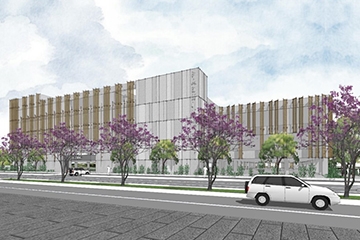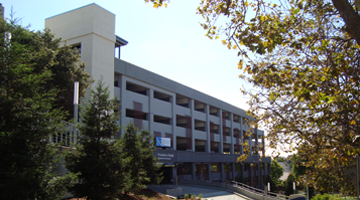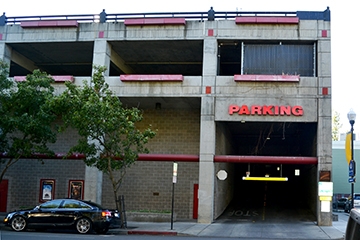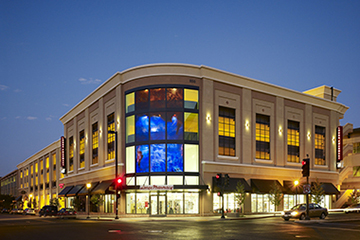Before You Repurpose Structured Parking for COVID-19 Patients: Important Safety Information
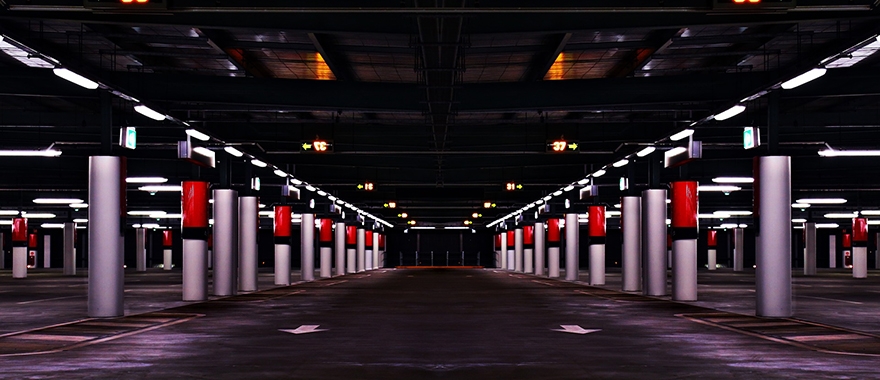
As healthcare workers man the front lines of the COVID-19 outbreak, one of the challenges they’re forced to confront is how – and where – to manage the dramatic increase in patient volume. This unprecedented demand for additional beds and space to treat patients has resulted in some hospitals seeking to utilize unused parking garage floors as temporary treatment centers. However, if you are considering using structured parking to manage this overflow, there are important safety considerations to be aware of.
Parking structures are designed for much lower structural loads than hospitals, offices, and residential buildings.
While it may seem counterintuitive, the average weight of a car relative to its footprint is much lighter than that of a human being. Therefore, the floor of a parking structure is only designed to support 40lbs per square foot. While this is more than sufficient for vehicles, human use is a different matter. In addition to a much greater weight density per square foot, human uses also typically mean heavy equipment and furniture that contributes to higher floor loads.
Fire and life safety requirements in parking structures are different from occupied spaces.
Parking structures are assumed to have much lower occupancy rates than office buildings or healthcare facilities. For instance, parking assumes 200 square foot per occupant design considerations compared to 150 square feet for an office building. Healthcare facilities, on the other hand, design for occupancies ranging from 240 square feet for treatment areas to 100 square feet for sleeping areas.
This means the location, number and width of exits necessary to ensure people can safely exit the facility in the event of an emergency may not be sufficient in a parking structure being converted for patient overflow – particularly if that overflow is patient beds.
Fire sprinklers are another important safety consideration. Not all parking structures are equipped with sprinklers, which is mandatory for healthcare facilities. Garages that do have sprinklers are allowed a much greater travel distance to the nearest exit as compared to what is required for high occupancy use.
For instance, parking facilities with sprinklers require 400 feet of travel distance to the nearest exit, while offices require 300. Healthcare is even more stringent, mandating a maximum of 200 feet to the nearest exit.
Therefore, if you are planning to repurpose structured parking for patient overflow or other essential services, it’s critical to evaluate these requirements.
These issues are easier to navigate when repurposing the ground floor of a parking structure, as the ground level can typically accept higher design loads, is more easily adaptable and often provides more options for entry and exit.
If you or someone you know is considering adapting structured parking for patient overflow or other essential services:
- Check to see if you have access to the original design drawings of the garage. This can identify the structural engineer of record and can provide important design information.
- If you cannot locate the structural engineer or record, contact a parking expert to help you evaluate the structure and determine whether or not it can be used safely for higher occupancy use.
As we seek out alternative sites to treat victims of the COVID-19 pandemic, it is vital that we look out for the safety of both patients and their care givers.
Thank you to all who are going above and beyond to help us through this global crisis.





